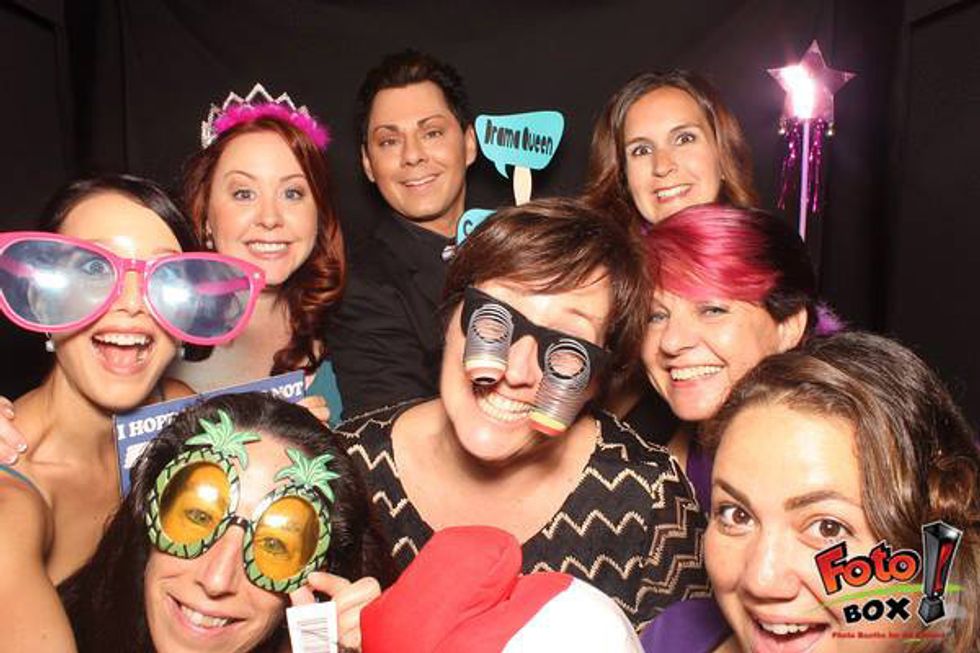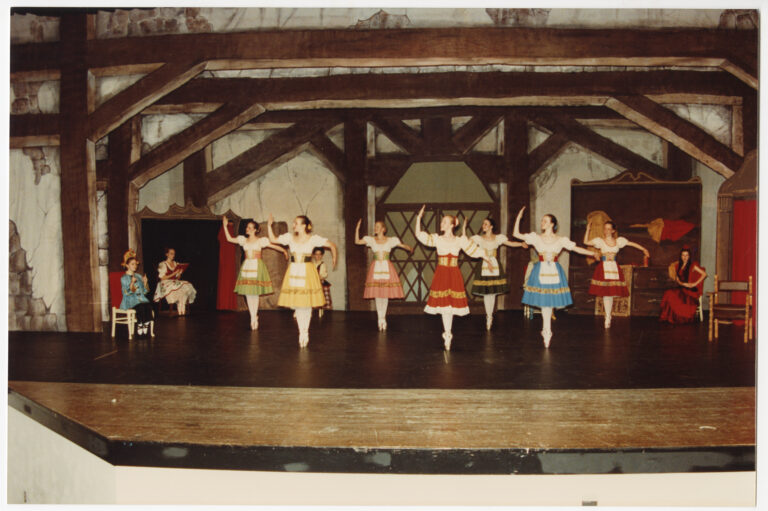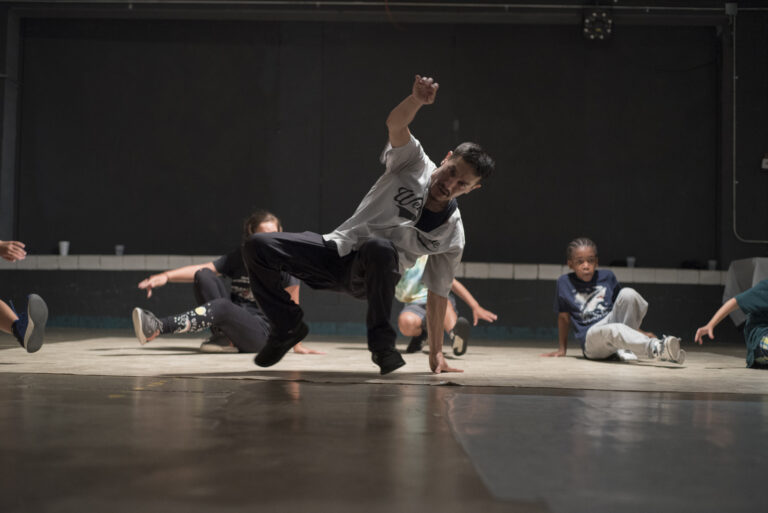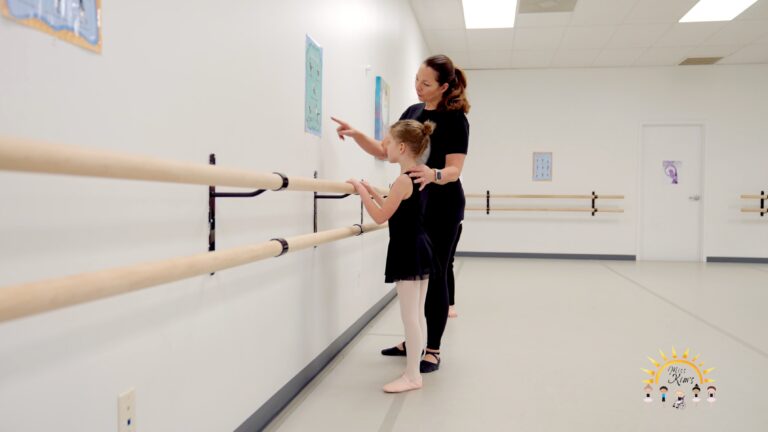
You’re finally starting to see the fruits of your studio labor—enrollment is higher than it’s ever been, and you’ve just added new faculty to keep up with the recent surge. But are you prepared to adapt your management style to your larger teaching staff? Odds are that most of your teachers are part-time and paid hourly, so you can’t offer what bigger businesses consider staple benefits—health insurance and paid sick days, for example. But that doesn’t mean you can’t keep a loyal, motivated faculty that operates like a well-oiled machine; it just means you need to manage thoughtfully and creatively in order to do so. We offer six ways to keep your growing teaching staff happy and hardworking.
Communicate, communicate, communicate.
“When you get beyond that handful of staff—where you were bumping into people on a regular basis—you need to pull people together for quick, stand-up meetings,” says Ann Latham, president of Uncommon Clarity and an expert in creating organizational clarity and commitment. At least once a week, gather your employees to discuss any changes and upcoming events, and to air problems for group troubleshooting. “The idea,” Latham explains, “is that people will adjust their expectations and plans and point out potential problems.”
Having difficulty finding a meeting time that works with everyone’s schedules? Jill Athridge, who owns Stage Door Studios in Sarasota, Florida, formally meets with her staff of 17 teachers and two administrators in-person once each season (occasionally in a fun setting, like a bowling alley) but schedules conference calls for routine go-overs. Skype and Google Hangouts can make pulling everyone into regular meetings easier, as well.
Make your rewards relevant.
To build a loyal and motivated staff, “you want to create a compelling workplace,” says Latham—with rewards that are relevant to most of your staff. How can you find out? Ask them! Do they want educational opportunities? More classes? Public recognition?
 Athridge and her employees at astaff member’s wedding. Courtesy of Athridge
Athridge and her employees at astaff member’s wedding. Courtesy of Athridge
Katherine and Morgan Roberts, who oversee 24 dance and music teachers at two studio locations, hold a staff luncheon at the start of each year to foster team-building. The Robertses also offer faculty opportunities to participate in professional development or continuing education events. This past spring, they held an in-house aerial training program, so faculty could learn how to teach a level-one aerial class. And for a show last December, “we got the teachers involved in performing with the students,” says Katherine. “That was a huge motivational thing for them. It gave them a vehicle to perform and connect with their students.”
Both the Robertses and Athridge send a select few teachers to the Dance Teacher Summit every summer and have them share what they learned in a studio workshop upon their return.
These studio owners are even thoughtful when it comes to gifts, as at Christmastime. Athridge once took some of her staff on a spring break cruise. “It was a chance for them to relax, because teachers don’t often take breaks when they need to,” she says. “We made sure that we didn’t talk about students or dance.” Katherine and Morgan Roberts choose individualized presents for their employees. “It’s not just chocolate for everyone,” explains Katherine. “We’ll select a book, something we think that person will read and be inspired by, like [Benjamin Zander’s] The Art of Possibility.”
Just make sure you’re not misreading what your staff wants, warns Latham. “Some people do want to get together socially,” she says. “But for others, the thought of being on a cruise with their boss would be the most awful thing in the world.”
Be transparent when it comes to major decision-making.
A frequent problem Latham sees with small businesses that suddenly experience a staff growth spurt is that “people start feeling disconnected and like they’re losing power,” she says. “It’s important to be more intentional in how you make decisions.”
For instance: Thinking of opening a second location? Let people know so that they don’t hear it through the rumor mill. “Figure out how you want to involve your staff,” says Latham. “Part of this intentional decision-making process should be to let them know how you’re going to get their input from them.” And follow up by keeping everyone informed of any updates.
Regularly assess your employees’ performance.
Assessment, according to Latham, should be happening in some form every day. “You should always be giving people feedback, so they know where they stand and what they need to do to improve,” she says. “And one-size-fits-all doesn’t work.”
At the Roberts’ Musical Arts Academy of Music & Dance in Exeter and Dover, New Hampshire, clear standards are the starting point: Teachers follow a syllabus for each discipline. “I think of it as a framework,” explains Katherine, “and they can put their own teaching style on top of that.” New teachers have to submit lesson plans for the first few classes. Observation happens “early enough in the year that we might catch anything, but not right away—to give them some time to get comfortable.” If the Robertses see an issue, they pair that teacher with another mentor teacher to go over lesson plans and observe each other.
Clarify roles and responsibilities.
When you have a staff of only five, you can be ad hoc about daily to-dos. “But once you have 15, then you need to be sure that you know—and everybody knows—what is expected and who they need to turn to when they have trouble,” says Latham. This is particularly true in the dance studio realm, where most employees are part-timers. Clarifying responsibilities will reduce mistakes, which in turn reduces finger-pointing when something goes wrong.
Take time to identify best practices.
Once your studio grows, you need systems to keep everyone on the same page. “There are activities that should be very consistent—standardized, repeatable events that happen the same way every time,” says Latham. “If you take a little time out and say, ‘What are our best practices?’, you don’t have to reinvent the wheel every time. And staff know how they can help.” Every employee should know exactly how registration is held, for example: steps a new student will need to take, documents they’ll need, forms of payment, who to talk to.
Systematize everything you can for administrative and teaching staff: steps for bringing a new staff member on board, call-in-sick policy, 1099 distribution, social-media approach, tuition collection, recital timeline, teacher training. Be sure to involve the staff who actually complete these tasks when you’re mapping them out for the future, and then record “how things are done”—in a manual or fact sheets that can be updated. Putting systems in place communicates to staff, old and new, that this is how certain situations are handled in your studio and assures that every staff member delivers a consistently excellent customer experience for your studio’s clients.




